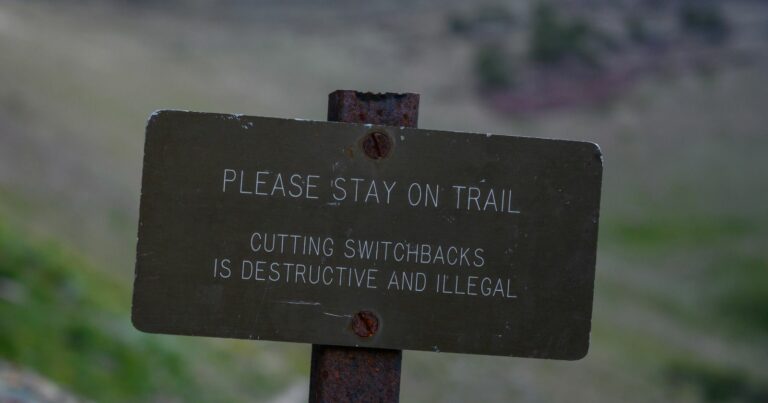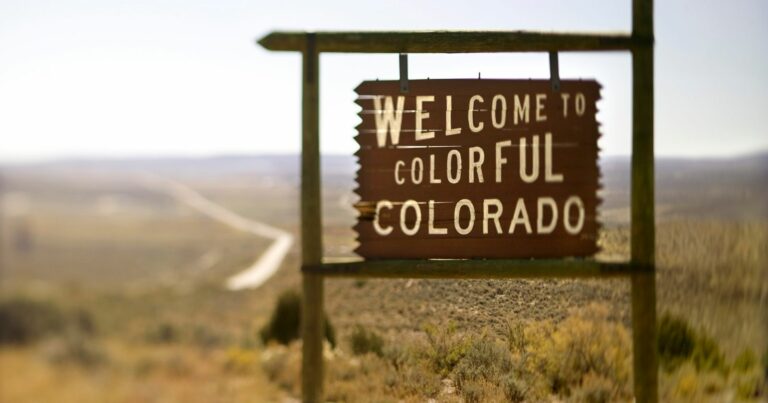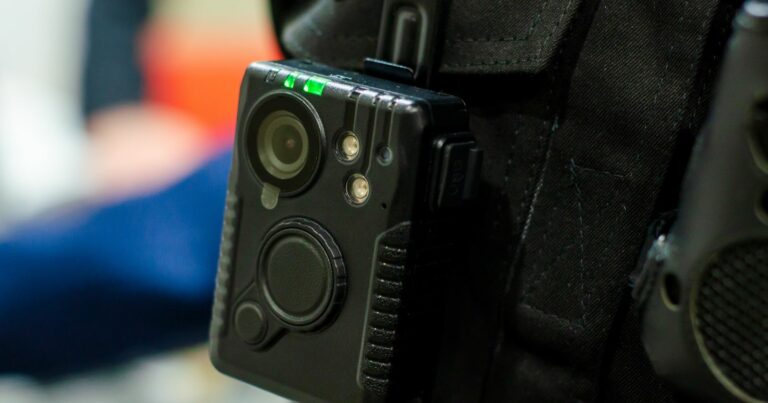Why Are States Banning Trail Cameras for Hunting?
Gone hunting, only to find your honey hole is already occupied? You’re not alone. More and more hunters are relying on trail cameras to gain an edge. They know exactly where the big bucks are feeding and bedding before opening day. While handy, these cameras are raising ethical concerns, disrupting wildlife, and causing states to take action.
New regulations on trail camera use are popping up across the country. And some states like New Hampshire have even banned them completely during hunting seasons. But why exactly are state wildlife agencies suddenly so wary of this popular scouting tool?
The reasons range from upholding fair chase principles to reducing harassment of animals. Trail cameras are facing scrutiny for crowding public lands, infringing on privacy, and reducing the challenge of DIY hunting. Essentially, they’re becoming a high-tech crutch that removes skill from the hunt.
As an ethical hunter, you can probably understand some of these concerns surrounding trail cams. But you also likely rely on cameras as part of your pre-season rituals. So where should you stand on this controversial issue? Read on to learn more about the debate around trail camera restrictions and bans. With a bit of extra care, you can use trail cameras to your benefit while also supporting wildlife conservation efforts.
Reasons States Are Restricting Trail Cameras
There are a few key factors driving bans and limits on the use of trail cameras for hunting:
Upholding Fair Chase Principles
- Cameras allow hunters to monitor animal patterns for weeks or months before season opens. This extensive surveillance is considered by some to violate principles of fair chase hunting.
- Having prior knowledge of exact buck locations and patterns provides an unfair advantage over the animal’s instincts and wits.
- Excessive use of cameras reduces challenge and levels the playing field between hunter and hunted.
Preventing Harassment of Wildlife
- Extensive camera use can alter animal behaviors and cause them to avoid monitored areas. Bull elk have even abandoned home ranges due to camera presence.
- Cameras in sensitive wildlife areas can disrupt essential behaviors like breeding, feeding of young, etc.
- The sheer quantity of cameras from multiple hunters multiplies disruption.
Crowding on Public Lands
- Cameras on public land often lead many hunters to zero in on the same small area where a mature buck was spotted.
- This funneling effect dramatically increases hunting pressure and crowds limited public access areas.
Infringing on Privacy Rights
- On public lands, cameras can snap images of other non-hunting users like hikers, birders, etc without their consent.
- Hunters are not always discreet about camera placement, raising privacy objections.
Alternatives to Outright Trail Camera Bans
Rather than banning trail cameras completely, some states are taking a moderate approach with targeted restrictions:
- Limiting cameras on public lands only – AZ, KS, NV, and UT have taken this path, keeping cameras legal on private lands. This reduces crowding issues on public parcels.
- Capping the number of cameras – Some states are exploring limiting the number of cameras hunters can deploy per acre of land. This reduces over-saturation.
- Requiring minimum spacing – Spacing cameras a certain distance apart prevents excessive concentration in one area.
- Banning cellular cameras – MT has banned only wireless transmitting cameras while retaining general use. This reduces privacy concerns while still allowing scouting uses.
- Enforcing removal dates – Requiring camera collection prior to seasons opening reduces pressuring of animals.
Best Practices for Ethical Trail Camera Use
Hunters can be proactive and avoid overuse of trail cameras in a few simple ways:
- Focus more cameras on private lands you have access to rather than public lands.
- Share scouting intel from public land cameras with fellow hunters to avoid monopolizing a spot.
- Limit number of cameras to 2-3 per 100 acres of land.
- Check cameras sparingly no more than once per week.
- If you get a monster buck on camera, consider passing him up to give others a chance.
- Remove cameras at least 2 weeks prior to start of hunting season in the area.
- Always ask landowners for permission before putting cameras on private property.
Key Takeaways on Trail Camera Bans and Restrictions
As trail cameras for hunting come under increasing regulations in some states, keep these key points in mind:
- Fair chase concerns are a major factor, as cameras are considered by some to violate fair chase ethics.
- Harassment of wildlife and crowding public lands are also leading to restrictions in many areas.
- Very few states have implemented outright bans. Most have more moderate limitations in certain cases.
- Following best practices for minimal, ethical camera use can help avoid more regulations.
- Always check your state’s specific rules thoroughly before placing any cameras.
Frequently Asked Questions
Q: Now that New Hampshire has banned trail cameras, could my state be next to ban them completely?
A: It’s unlikely most states will follow New Hampshire‘s lead in implementing an outright ban. More commonly we will see moderate restrictions put in place in certain cases, like limiting use on public lands. Each state has its own considerations, so monitor regulations annually in yours.
Q: Are cellular trail cameras being targeted more than regular ones? Should I avoid them?
A: Some states are more wary of cellular cameras due to the potential for transmitted photos to infringe on privacy. Montana has banned cellular models. But most states still allow them. Using them ethically focused on your own private land is still generally fine.
Q: If I’m hunting private land, do I need to worry about these regulations?
A: Most current state restrictions apply only to public land use. Placing cameras on private property you have permission to hunt is usually not an issue. Just be sure to follow any state or local rules. And use cameras sparingly even on private land.
Q: How do I use trail cameras ethically so as not to disturb wildlife?
A: Use no more than 2-3 cameras per 100 acres spread out over a large area. Check them no more than once per week. And pull all cameras at least 2 weeks before your hunt starts. Avoid placing cameras near sensitive spots like breeding or feeding areas.
Q: Can I still use trail cameras if I’m hunting out of state?
A: Regulations vary widely by state, so research the specific rules in the state you’ll be hunting before placing any cameras there. Never assume the laws will be the same as the rules in your home state. When in doubt, refrain from using a camera.
Let me know if you have any other trail camera questions! I’m happy to help hunters decipher these changing regulations.
While trail cameras are under scrutiny in some areas, responsible use of cameras is still an ethical and useful tool for hunters in most states under proper regulations.






